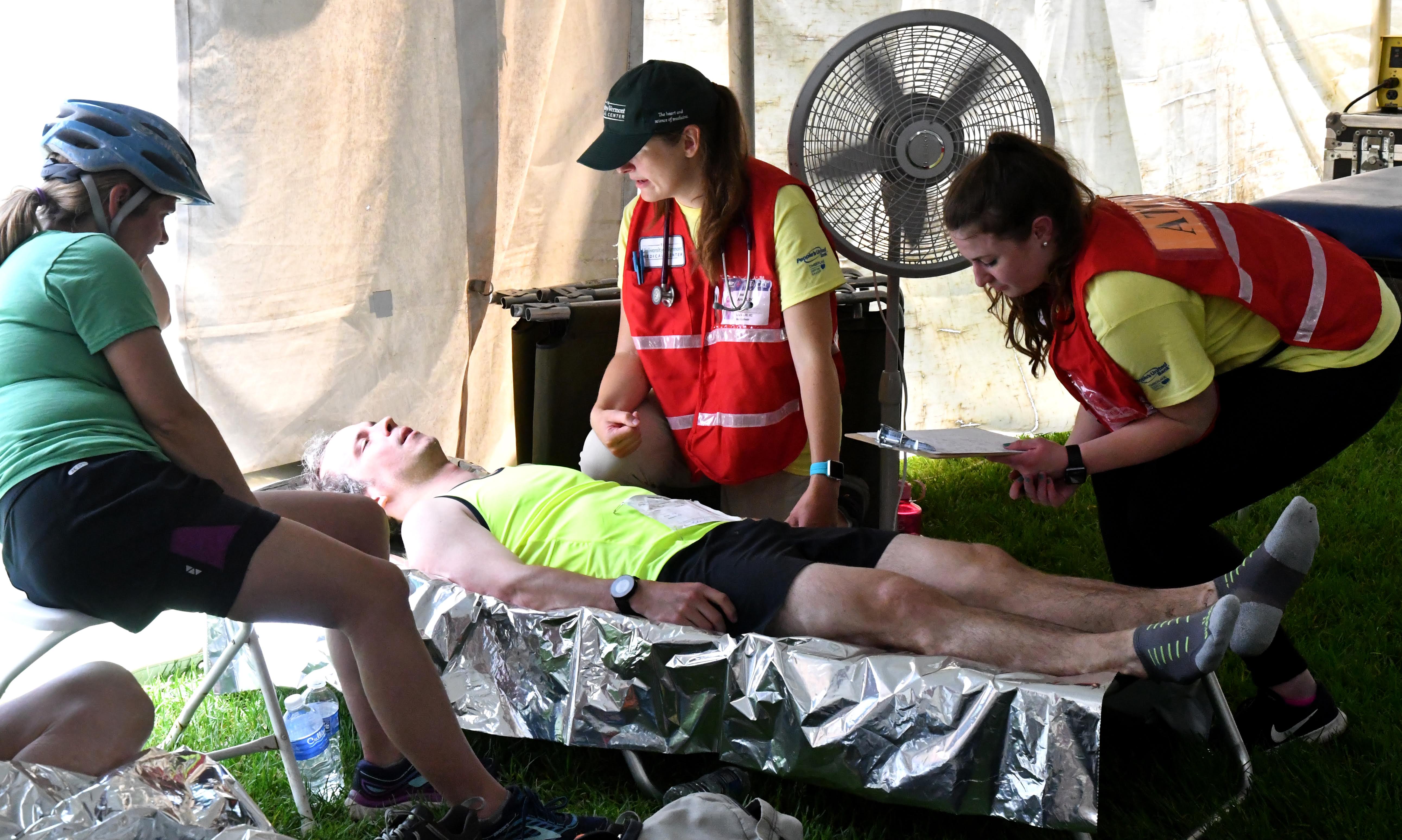Ways to Employ an AT
There are numerous ways to hire an athletic trainer. From part time to full time, traditional, outreach or other avenues of employment, we invite you to explore the most popular options below.

Hiring or employing an AT can be a daunting task. There are budgets to consider; public fund expenditures that need to be justified; and program and personnel priorities. For those who operate for profit, there's also the return on investment, metrics and the "bottom line."
But you've come to the right place.

Step 1: Assess Your Needs
The choice of employment model and funding sources begins with a needs assessment for any organization. What services will be expected? How much time will be required to accomplish tasks?
To help you, we have provided examples of services in which athletic trainers provide:
- Injury prevention
- Rehabilitation
- Evaluation
- Treatment
- Education
- Policy development
- Event/practice coverage
- Health care administration
- Performance enhancement training
- Ergonomic assessments and intervention
- Health promotion
- Public health practices
- Risk management
Step 2: Determine the Time
Once you have assessed the types of services you'll need, it's time to decide how much time per week it will take the athletic trainer to deliver.
Examples of different type of AT employment:
- Full time - all of the athletic trainer's work hours are allocated to the provision of health care to the organization.
- Part time - the organization's health care needs don't necessitate a full-time AT.
- Split time - while the AT may be employed on a full-time basis, the AT only spends part of their time providing health care and the other part doing something else. Example: A high school athletic trainer who also teaches.
- Per diem (as needed) - if the organization's needs are not consistent or regular, then the AT can be employed on an as needed or per diem basis.
Step 3: Funding Options
Depending on the terms of employment and the employment model, there may be a variety of ways for an organization to pay for athletic training services.
Traditional Employer-Employee Model
Many of us have watched an athletic trainer run onto the field when a high school, college or pro sports athlete gets injured. In this scenario, ATs are usually employed by the school in a traditional employer-employee model. With this model, there are two parties: the athletic trainer and the employer who hires the AT directly to provide athletic training services to that organization on a long-term or regular basis.

- Usually a salary and benefits are paid by the employer to the employee.
- Other operating expenses, including equipment, supplies and insurance are also supplied by the employer.
- Employer can tailor the position to meet the specific needs of the organization.
Outreach Employment Model
In this model, there are three parties: the athletic trainer, the employer (a hospital system, health care practice or contracting agency) and the client seeking AT services. The employer hires the AT to fulfill a contract to provide athletic training services to the client.
The Outreach Model allows for more flexibility for how the athletic training services are funded because the employer has a variety of ways to recover the cost of employing the athletic trainer.

This can be accomplished through a combination of the following:
- Direct payment by client for AT services
- Split time: the AT provides services for the employer as well as the client
- Marketing offsets: the employer assigns value and worth to marketing facilitated by the AT and client in the form of signage, advertisements, social media, logos and announcement at events
- In-kind offsets: the employer assigns value and worth to items provided by the client for AT to use in the delivery of services, such as equipment, supplies, AT apparel and office space
- Community benevolence: the employer assigns value and worth to provision of AT for client to support the health of the community
- Tracking downstream service utilization: employer assigns value and worth to medical services delivered resulting from the care provided by the AT, i.e., imaging, consultations, surgeries
Per Diem, PRN, Self-Employed Model
In this model, the AT is employed to fill a specific (could be short-term and/or temporary) need for AT services. It may be for a specific event such as a road race or for a specific period of time, such as filling in for another AT on family leave. ATs can be employed directly, through an outreach agreement, or as independent contractors.

Step 4: Justifying the Need
Organizations must understand the value and worth of the AT services to its operation in order to justify the funds needed to support expense of the program. The NATA has developed value models for a variety of clinical settings to help organizations and ATs to measure value and worth by identifying metrics that show the impact of their services. If the organization can assign a worth or dollar amount to these metrics, they become powerful data points to advocate for funding athletic training services.